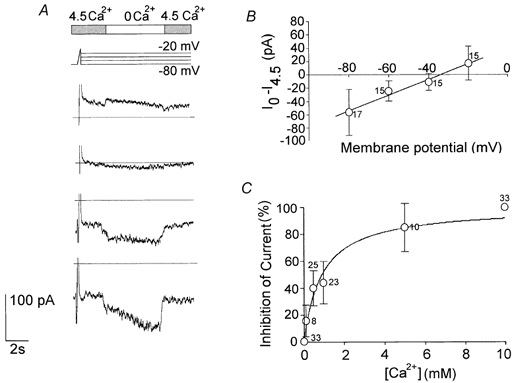Figure 5. Effects of external Ca2+ on the total persistent ionic currents.

The effects of different [Ca2+]o on the total persistent ionic currents were investigated in whole-cell voltage-clamp experiments using solutions balanced with Mg2+ (Ext 4, Int 2 in Table 1). A, to study the effects of [Ca2+]o (top bar) on the whole-cell currents (traces below) a voltage-clamp protocol was used, consisting of a 100 ms depolarising ramp from -80 to −20 mV (to check and inactivate the transient current components), followed by 10 s scaled step potentials from -20 to −80 mV. Removing the extracellular Ca2+ increased the ionic currents. B, the current-voltage relationship shows the fraction of the currents activated by changing from 4.5 to 0 mm Ca2+, as a function of the test potential (○, ± s.e.m.). Note that the reversal potential is nearly the same as in current-clamp recordings (Fig. 3D). C, the percentage inhibition of the current as a function of [Ca2+]o (Int 2 and Ext 5 in Table 1). Data were fitted with a saturation binding curve: y = [Ca2+]/Kd+[Ca2+], where Kd, the equilibrium dissociation constant, is 0.91 ± 0.15 mm (n = 19). All measurements were taken at −80 mV. The number of observations is indicated beside each data point in B and C.
